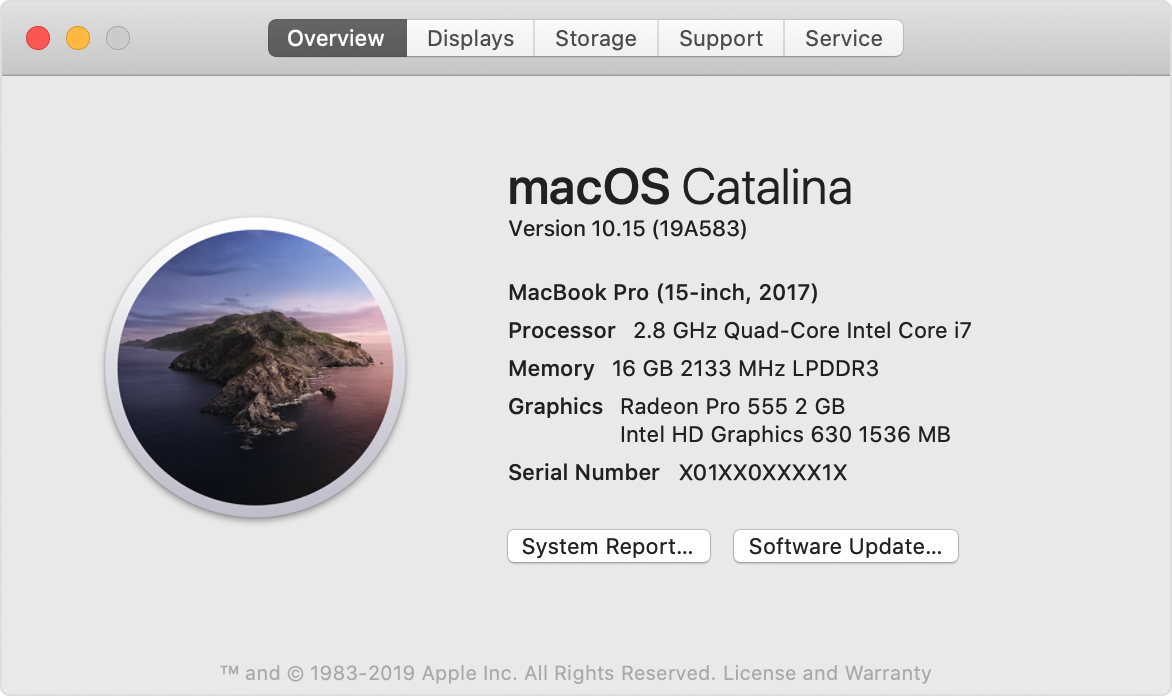As of November 11, 2020, new Mac computers are made with Apple's custom-built M1 processors. These processors use a different instruction set and will require multiple changes.
...
Select the Apple icon in the top left to open the About this This Mac section.
Under Processor or Chip, check if Intel is listed or if Apple Silicon is listed.
Existing Programs Compatibility
...
Intel/x86_64 Program Compatibility
Programs that haven’t been developed for Apple silicon will be launched automatically with Rosetta 2, a program on macOS that converts old programs into the new system. However, this is much slower than if the app supported Apple Siliconsilicon. For this reason, most some apps may start and run more slowly than expected.Microsoft Office, for example, is expected to take 30 seconds longer to start on the new M1 chip. You should check with the applicable software vendor to make sure an application will work on computers using the new chipset.
Most programs used by many users' daily workflows are now natively supported on Apple silicon.
External Display Compatibility
Apple Silicon Macbooks Macs with the base variant of the Apple silicon processors (M1 vs. M1 Pro/Ultra/Max) only support one external display. On the Apple Silicon 2020 Mac Mini with the Apple M1 chip, you can connect two displays: one via a thunderbolt Thunderbolt port and one via the HDMI port. Pro, Ultra, and Max variants of the processors can support multiple external displays.
BootCamp Boot Camp Compatibility
The new Macs running Apple Silicon silicon are NOT compatible with BootCamp Boot Camp to run Windows.
Virtualization Compatibility
Programs that use virtualization like Citrix/AnyWare, Parallels, VMWare Horizon, or Oracle VM VirtualBox may be extremely slow or buggy or have issues starting. These issues will be especially persistent until mid-2021 when developers are expected to make their applications fully compatible.
Upgrading System Memory
Apple computers using the new M1 chip or any Apple Silicon Currently, Parallels is the best solution for most users to virtualize ARM-based Windows or Linux. These operating systems are designed for the same architecture as the Apple silicon and will run best on them. It is important to note that most PCs are not “ARM-based” and some programs that are used on Windows may not work perfectly or at all due to the Windows app translation process (like Rosetta 2). Additionally, some Windows administration tools are either not present or not fully functional in Windows on ARM. This includes Active Directory management tools and some PowerShell modules. Users who rely on consistent and dependable Windows access should maintain a traditional Dell laptop running Windows 11 Enterprise.
VMWare Horizon is also fully supported on Apple silicon. Oracle VM VirtualBox is in beta for Apple silicon.
Upgrading Components
Apple computers using Apple silicon processors cannot have memory (RAM) or integrated storage upgraded.
Related Articles
...

